NATIONAL STANDARD OF THE RUSSIAN FEDERATION
MATERIALS FOR ADDITIVE TECHNOLOGICAL PROCESSES
Methods of control and testing of metallic materials of raw materials and products
Date of introduction - 2018-06-01
- Application area
This International Standard specifies the main characteristics of metallic materials for initial components and materials for products manufactured using additive technologies, as well as methods for their determination and control.
The standard does not apply to non-metallic materials.
- Normative references
This standard uses normative references to the following standards:
GOST 25.502 Calculations and tests for strength in mechanical engineering. Methods for mechanical testing of metals. Fatigue Test Methods
GOST 25.503 Calculations and strength tests. Methods for mechanical testing of metals. Compression test method
GOST 25.506 Calculations and strength tests. Methods for mechanical testing of metals. Determination of the characteristics of crack resistance (fracture toughness) under static loading
GOST 1497 (ISO 6892-64) Metals. Tensile test methods
GOST 2999 Metals and Alloys. Vickers hardness test method
GOST 3248 Metals. Creep test method
GOST 3565 Metals. Torsion test method
GOST 7076 Building materials and products. Method for determination of thermal conductivity and thermal resistance under stationary thermal conditions
GOST 9012 (ISO 410-82. ISO 6506-81) Metals. Brinell hardness test method
GOST 9013 (ISO 6508-86) Metals. Rockwell hardness test method
GOST 9450 Measurement of microhardness by indentation of diamond tips
GOST 9454 Metals. Impact test method at low, room and high temperatures
GOST 9651 (ISO 783-89) Metals. Tensile test methods at elevated temperatures
GOST 10006 (ISO 6892-84) Metal pipes. Tensile test method
GOST 10243 Steel. Test methods and evaluation of macrostructure
GOST 10446 (ISO 6892-84) Wire. Tensile test method
GOST 11701 Metals. Tensile test methods for thin sheets and strips
GOST 12170 Refractories. Stationary method for measuring thermal conductivity
GOST 14019 (ISO 7438: 1985) Metallic materials. Bend test method
GOST 15173 Plastics. Method for determining the average coefficient of linear thermal expansion
GOST 16412.7 Iron powder. Methods for determination of carbon
Official edition
GOST 18317 Metal powders. Methods for determining water
GOST 18318 Metal powders. Determination of particle size by dry sieving
GOST 18897 (ISO 4491 * 2-97) Metal powders. Determination of oxygen content by reduction methods. Weight loss on reduction with hydrogen (hydrogen loss)
GOST 19440 (ISO 3923-1-79. ISO 3923-8-81) Metal powders. Determination of bulk density. Part 1. Method using a funnel. Part 2. Scott's volume meter method
GOST 20018 (ISO 3369—75) Sintered hard alloys. Density determination method
GOST 20019 (ISO 3327-82) Sintered hard alloys. Method for determining ultimate strength in transverse bending
GOST 20899 (ISO 4490-78) Metal powders. Determination of fluidity using a calibrated funnel (Hall device)
GOST 22975 Metals and alloys. Method for measuring Rockwell hardness at low loads (Super-Rockwell)
GOST 23402 Metal powders. Microscopic particle size determination
GOST 25849 Metal powders. Particle Shape Determination Method
GOST 27417 (ISO 4491-4-89) Metal powders. Determination of total oxygen content by reductive extraction
GOST 28052 Titanium and titanium alloys. Methods for the determination of oxygen
GOST 29006 (ISO 4491-3-89) Metal powders. Method for determination of oxygen reduced by hydrogen
GOST R ISO 148-1 Metallic materials. Charlie pendulum impact bending tests
GOST R ISO 6507-1 Metals and alloys. Vickers hardness measurement. Part 1. Measurement method
GOST R ISO 6507-4 State system for ensuring the uniformity of measurements. Metals and alloys. Vickers hardness measurements. Part 4. Tables of determination of hardness (ST)
GOST R ISO 22309 State system for ensuring the uniformity of measurements. Electron microanalysis. Quantitative analysis using energy dispersive spectrometry for elements with atomic numbers 11 (Na) and higher
GOST R 56467 Space systems. Powder metal materials and metal composite materials. Classification. Nomenclature of indicators
GOST R 57556 Materials for additive manufacturing processes. Control and test methods
GOST R 57558 Additive technological processes. Basic Principles - Part 1. Terms and Definitions
Note - When using this standard, it is advisable to check the validity of reference standards in the public information system - on the official website of the Federal Agency for Technical Regulation and Metrology 8 on the Internet or according to the annual information index "National Standards", which was published as of January 1 of the current year, and on the issues of the monthly information index "National Standards" for the current year. If the referenced standard to which an undated reference is given is replaced, it is recommended that the current version of that standard be used, subject to any changes made to that version. If the referenced standard to which the dated reference is given is replaced, then it is recommended to use the version of that standard with the above year of approval (acceptance). If, after approval of this standard, a change is made to the referenced standard to which the dated reference is made, affecting the provision to which the reference is made, then that provision is recommended to be applied without taking into account that change. If the reference standard is canceled without replacement, then the clause. in which a link to it is given, it is recommended to apply the 8th part, which does not affect this link.
- Terms and definitions
This standard uses the terms according to GOST R 57558. as well as the following terms with the corresponding definitions:
- product obtained by the method of additive technological process: A product in the production of which the main (or the only) method of its production is an additive technological process.
- material supplier: A company that supplies raw powder components for use in an additive manufacturing process.
- General requirements
- The nomenclature of characteristics of materials of initial components and materials of products of an additive technological process should fully reflect all the basic properties of materials. The list of required characteristics is determined based on an analysis of the operating conditions of power elements and connections made of a specific material. The list of the main characteristics of the materials of the initial components and materials of the products of the additive technological process and the test standards for their determination are presented in Table 1. If necessary, the presented list can be supplemented with other characteristics or reduced in accordance with the requirements of the customer, taking into account the peculiarities of the operation of the product.
- The characteristics of the materials of the initial components and materials of the products of the additive technological process must be established in the regulatory documentation, comply with the customer's requirements and are determined by standardized methods on certified, metrologically secure equipment.
- When choosing tests and determining characteristics of products of an additive technological process, an analysis of the geometric parameters of the product and operating conditions should be carried out.
| Table 1 - List of the main characteristics of the materials of the initial components and materials of products, methods of their determination and control
|
End of table 1
|
|||||||||||||||||||||||||||||
- Basic data on raw materials for an additive manufacturing process
must be provided by the material supplier.
UDC 621.762.04: 004.356.2-023.5
OKS 01.020, 19.060, 19.100
OKPD 2 592300
Key words: additive technologies, material of initial components, material of products, basic
characteristics, test methods
Published and printed at FGUP STANDARTIKFORM, 123001 Moscow. Granatny lane .. 4

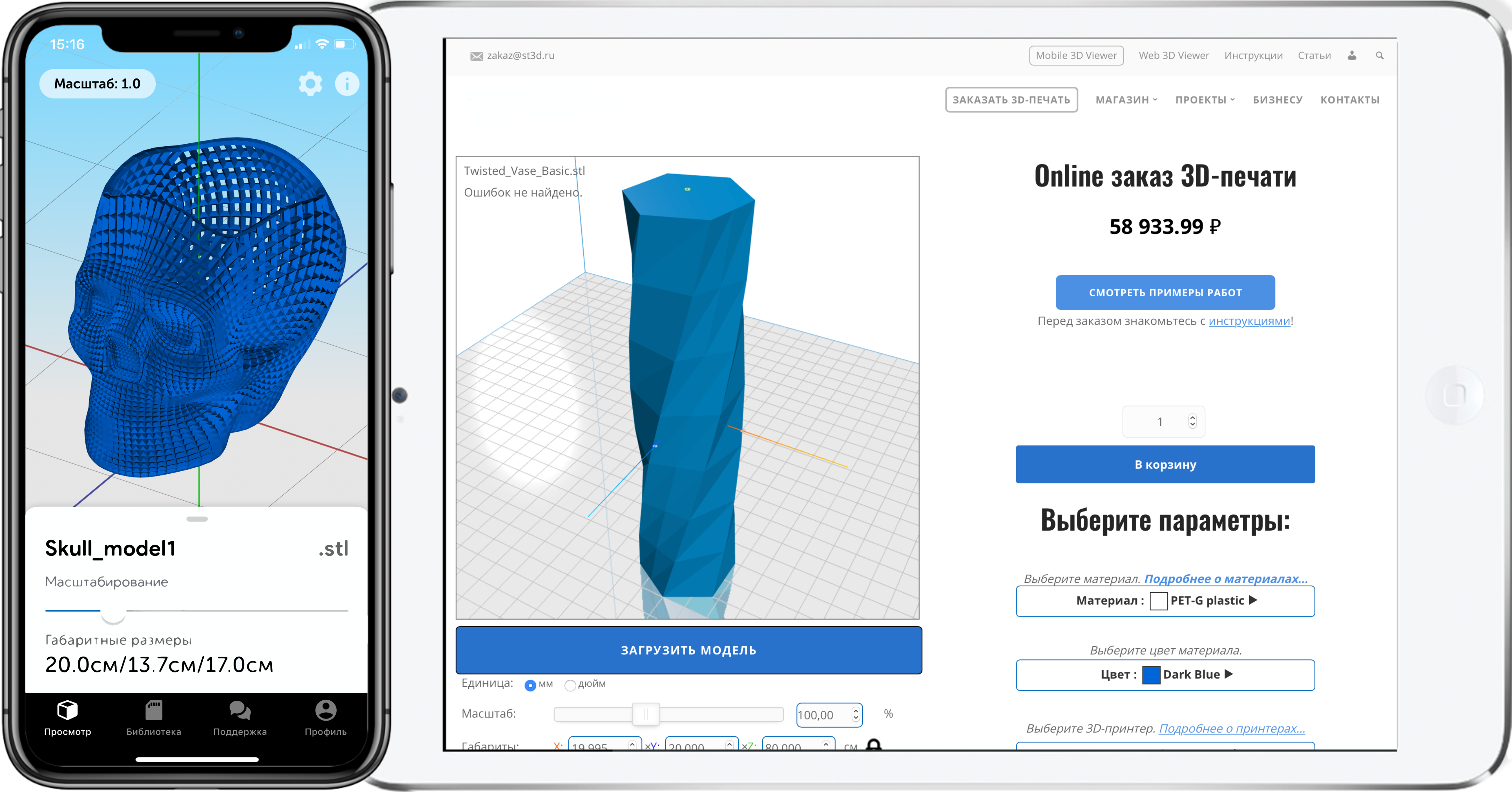



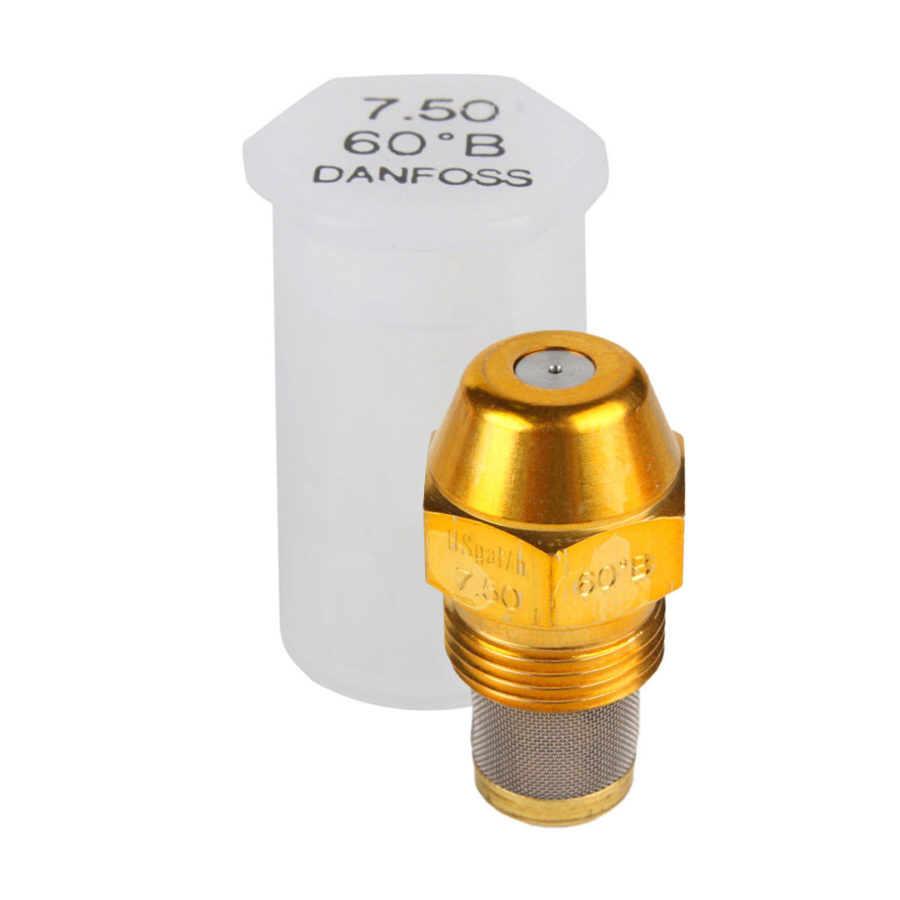
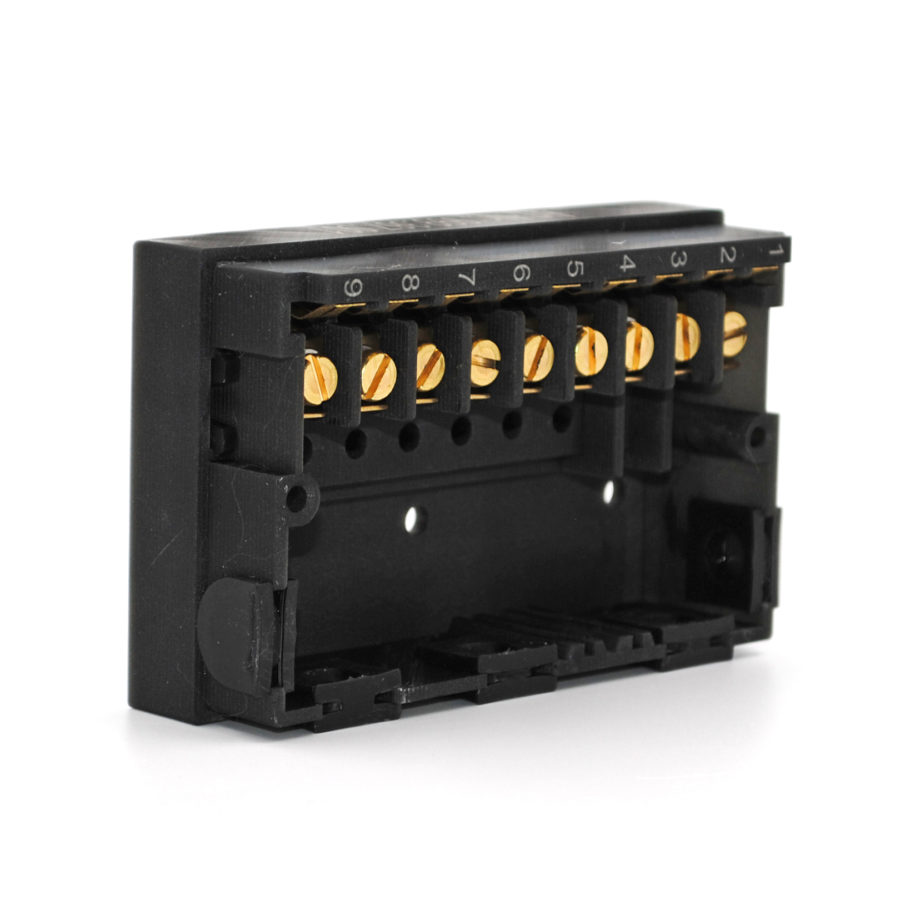
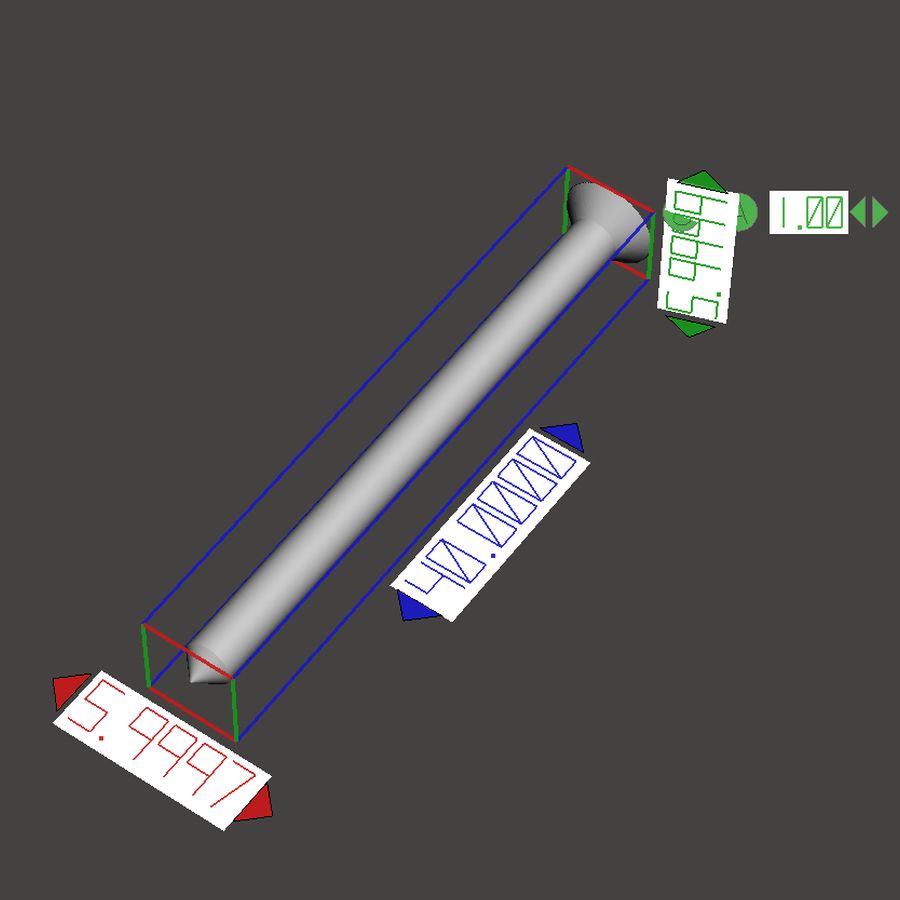
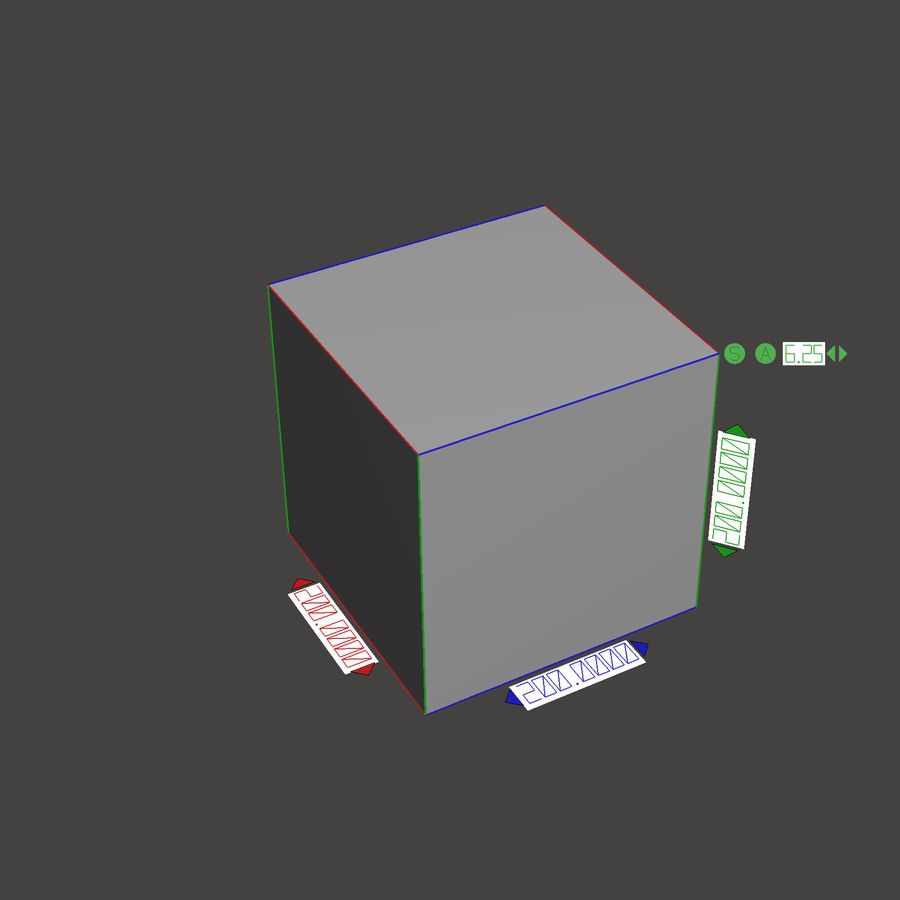
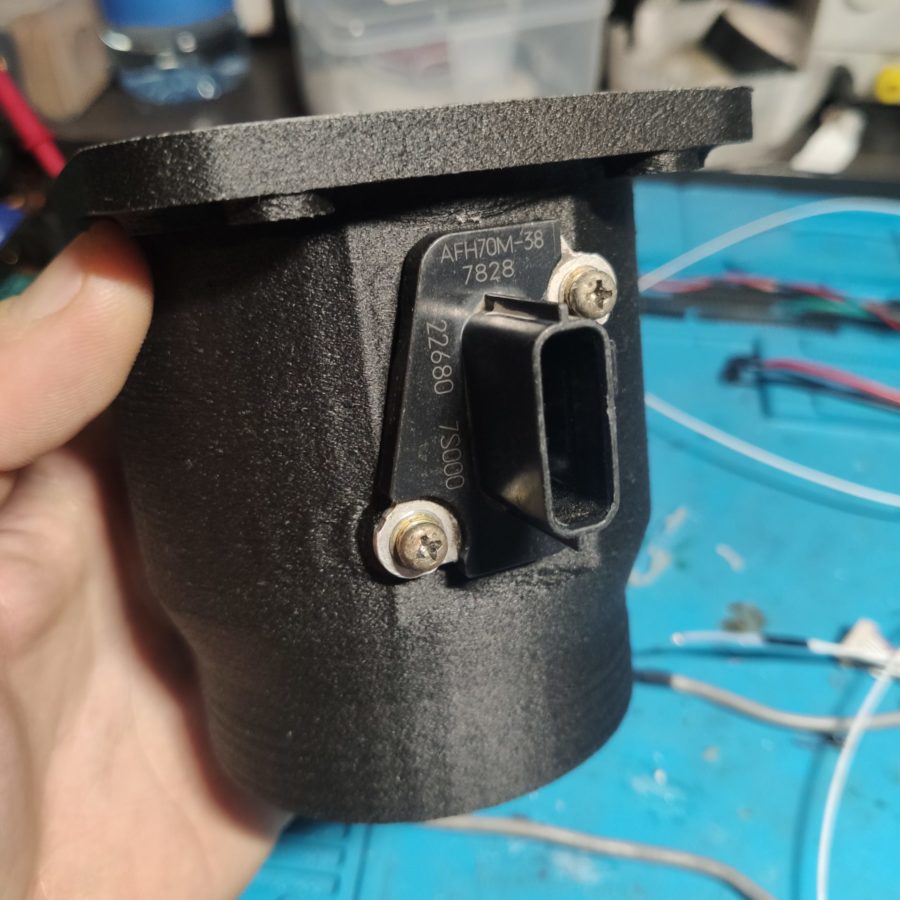
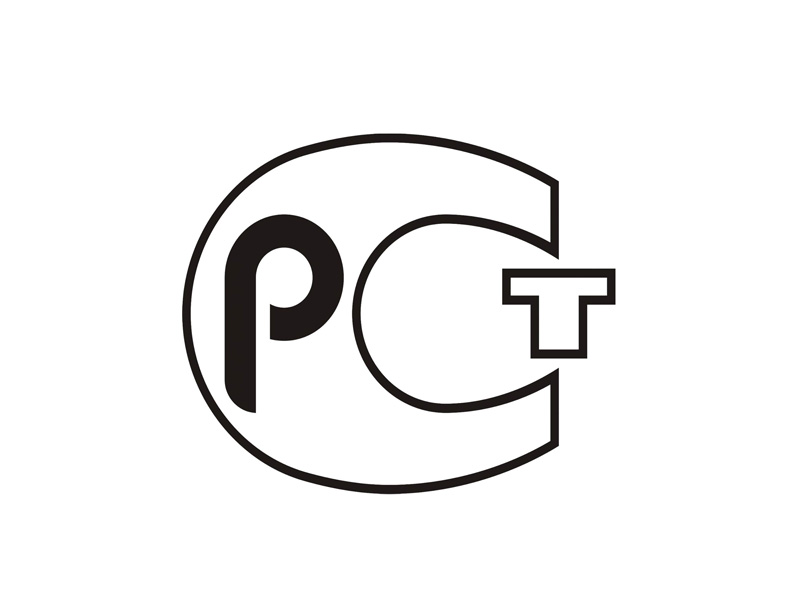
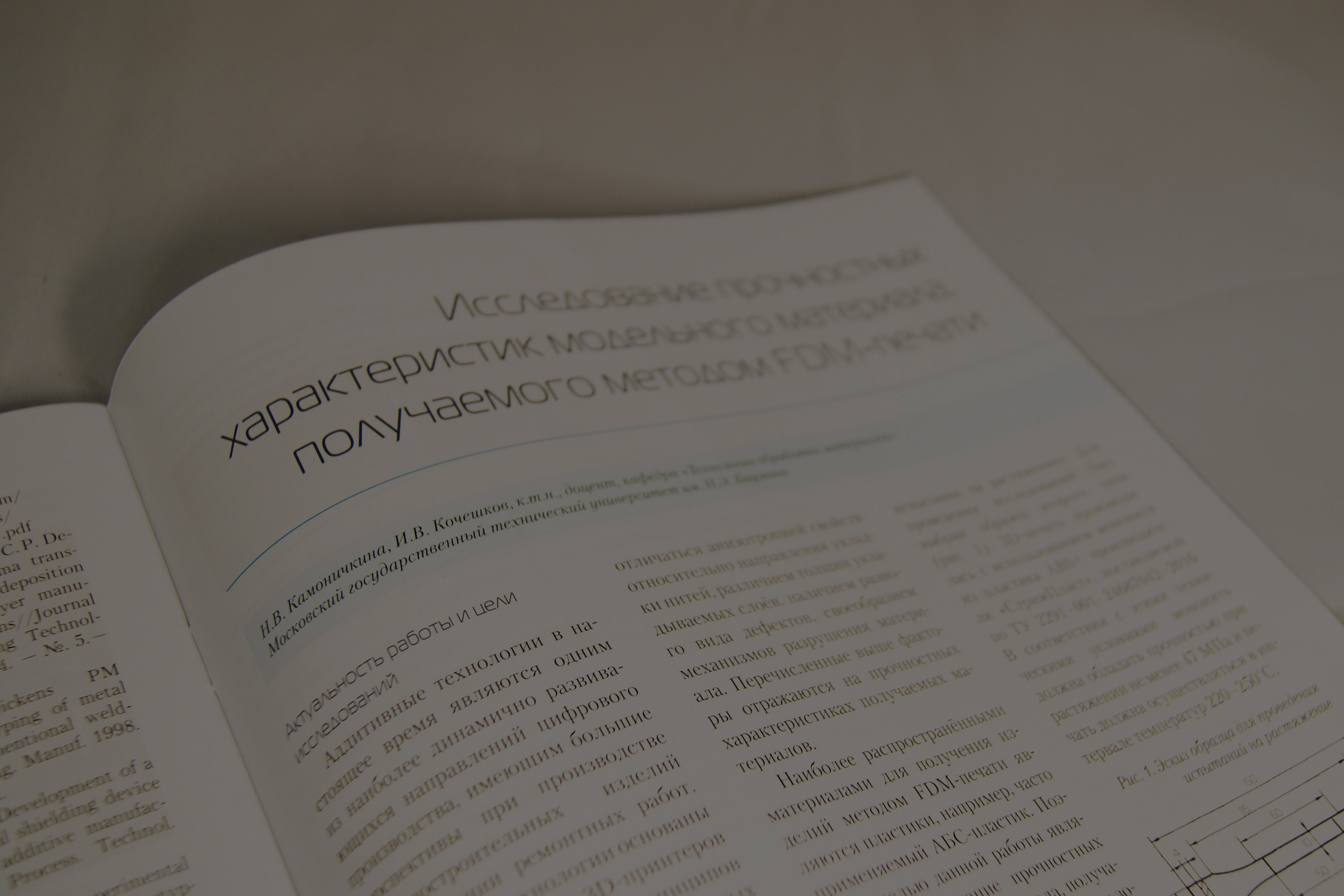

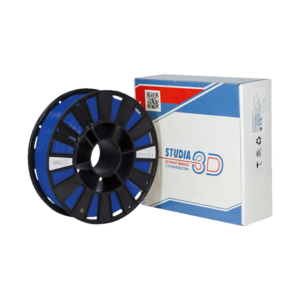
Author: Studia3D. Ru
More articles from Studia3D. Ru